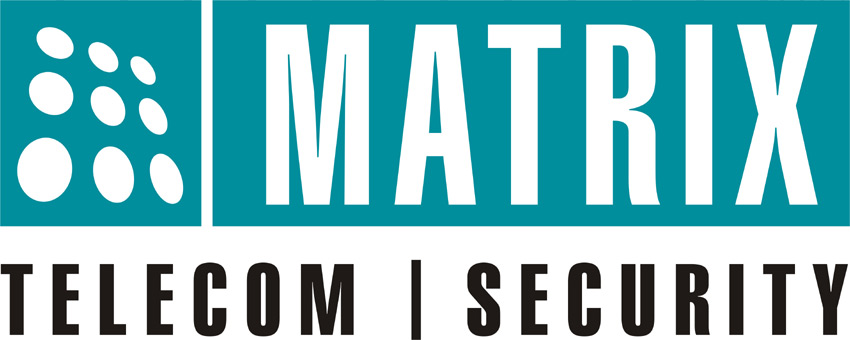About Panasonic
Panasonic is now looking at making acquisitions in the artificial intelligence
Panasonic makes available in India its wide range of consumer
electronics, home appliances like LCD & Plasma TVs, DVD players, Home Theatre Systems,
Smartphones, Cameras, Camcorders, Car Audio Systems, Air Conditioners, Washing
Machines, Refrigerators, Microwave Ovens, Automatic Cookers, Vacuum Cleaners and a wide
range of system products including communication ones like Mobile Phones, High
Definition Videoconferencing, Professional Audio Video products like Broadcast Cameras,
Projectors and Displays,
A Business Solutions including Printers, Whiteboards and Security Solutions. Panasonic has aggressively focuses on market research, product innovation and talent hiring in India for work in areas like energy, water, remote access and food. The company currently has a workforce of about 12,500 in India.
Panasonic's operations are organised into three broad "business fields" - Consumer, Solutions and Components & Devices - and nine "domain companies" - AVC Networks (which generated 17% of Panasonic's total 2012 revenues), Eco Solutions (15% of revenues), Appliances (15% of revenues), Industrial Devices (14% of revenues), Systems and Communications (8% of revenues), Automotive Systems (7% of revenues), Energy (6% of revenues), Healthcare and Manufacturing Solutions.[48]
Panasonic invested a total of ¥520,216 million in research and development in 2012, equivalent to 6.6 percent of its revenues in that year.[48] As of March 31, 2012, Panasonic held a total of 140,146 patents worldwide.[48]
In July 2016, it was reported that Panasonic is now looking at making acquisitions in the artificial intelligence (AI) and machine learning space. According to a source, the company has put aside $10 million for use in either an acquisition or joint venture.[49]
To that end, we will leverage the strengths that we at Panasonic have long developed in our consumer electronics business, and the strengths of our business partners who have in-depth expertise in each space, and will work to combine these strengths pursuing “Cross-Value Innovation.” In this way, we will create new value, value that has never been seen before. This is the new and challenging task we are now addressing.
We will pursue the concept of “A Better Life, A Better World,” meeting the needs of each individual customer.








